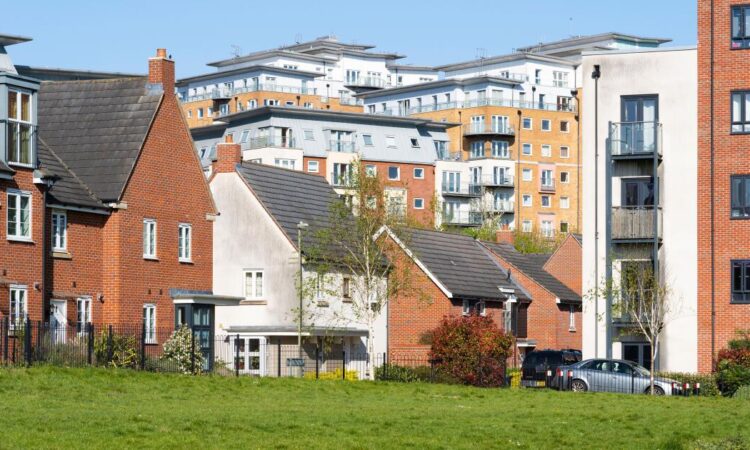
In the UK RMBS market there is one metric that reigns supreme for investors, unemployment, and other economic indicators rarely get much attention. But many have underestimated the danger that the recent, rapid rise in interest rates could have after a decade of rates being at an all time low and should take stock before conditions worsen.
The plot, see below, showing unemployment and foreclosures has long been beloved of investors. What they unanimously conclude is that while unemployment stays low, foreclosures stay low, and for many years the data has shown this to be true.
Forecasters continue to expect unemployment to grow only slightly, meaning investors remain confident. Of course, they may not be right and things can change quickly. Unemployment is creeping up and now 12,500 more jobs are at risk in a single swoop following the collapse of Wilko.
But working on the basis that they are right, there is a danger lurking in too closely following the ‘low unemployment implies low foreclosures’ logic. There are other economic indicators at play.
The recent trajectory of interest rates is unprecedented in the post-war period which the data covers. First, previously unseen stability with a decade of near zero rates, quickly followed by a 5% rise in less than two years.
This could suggest that on this occasion turning to old data won’t tell investors everything, given the rate moves are clearly out of sample.
Consider what has happened to a borrower that is now coming to the end of a two year fixed rate mortgage. If they borrowed £250,000 at 1% above the Bank of England base rate, their monthly repayments would have been around £950. Refinancing on to a similar deal now would see costs jump to over £1,500.
New buyers are generally already straining with affordability, so they will likely struggle to cope with a more than 50% increase in their costs. That pressure is already beginning to tell in number of early stage arrears.
A look at the same graph for buy to let borrowers shows how quickly pressure can begin to build.
Unless rates fall, there is no way those borrowers can come up with extra cash to cover the shortfall,and it’s an open secret that the UK mortgage charter isn’t going to help. So those early stage arrears could just roll through into late stage arrears and then, potentially, foreclosures — whether unemployment rises or not.
For RMBS hoteholders to suffer damage the recovery cannot be 100% of the outstanding mortgage balance when they sell the foreclosed property, but there is also the danger of an unprecedented fall in house prices.
The decade of stable low interest rates has greatly inflated property prices. There is no shortage of buy-to-let investors realising they no longer like the look of the bargain.
Consider a buy-to-let landlord taking in a yield of 3.5% on a £250,000 property. A good result when the base rate was 0.1%, but now comfortably beaten by even instant access savings accounts. If they wanted a similar deal now relative to the base rate that would require a yield of 8.65%, meaning if rents didn’t rise the property value would need to fall to little over £100,000.
That calculation is a little unrealistic. Of course, rents are rising, but there is little doubt that a decade of low interest rates has overheated the UK’s housing market and there is a risk of a dramatic fall in prices.
One investor told GlobalCapital that they thought the housing market might be able to ride out the repricing simply because no one was yet being forced to sell. Wait for rates to go back down and prices will return to where they were.
That is wishful thinking. Rates aren’t going back down anytime soon and the ease of fighting inflation is often understimated.
So RMBS investors will fall back on the structural protection the transaction gives them.
Indeed, the risk to their principal remains very low. Even an outlandish 10% foreclosure rate with 75% recovery rate, requiring a more than 50% drop in house prices, would only just begin to trouble the triple-Bs.
But perhaps mortgage affordability ought to be given comparable weight to unemployment, when weighing up those risks, because the old system might not be enough any more.






